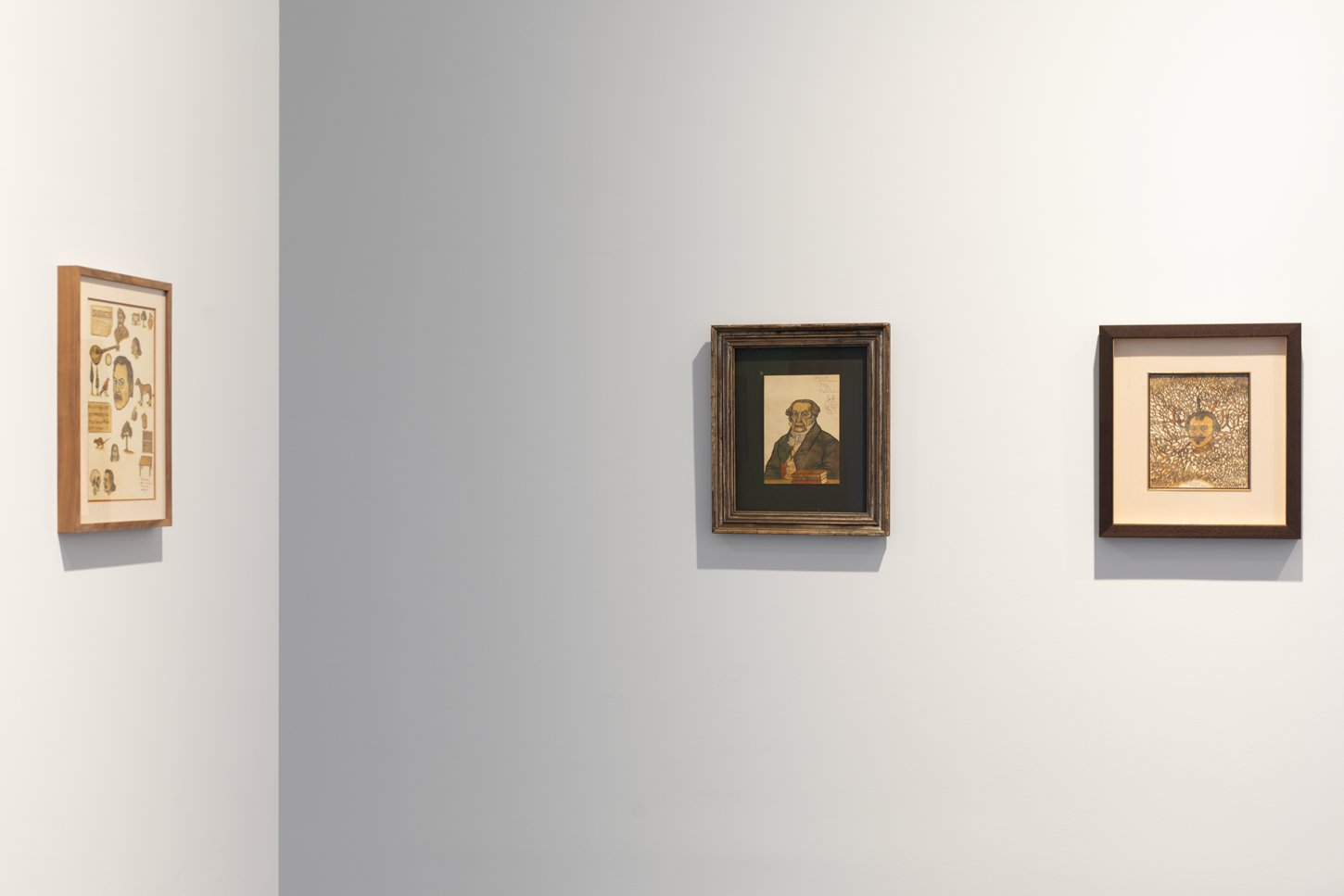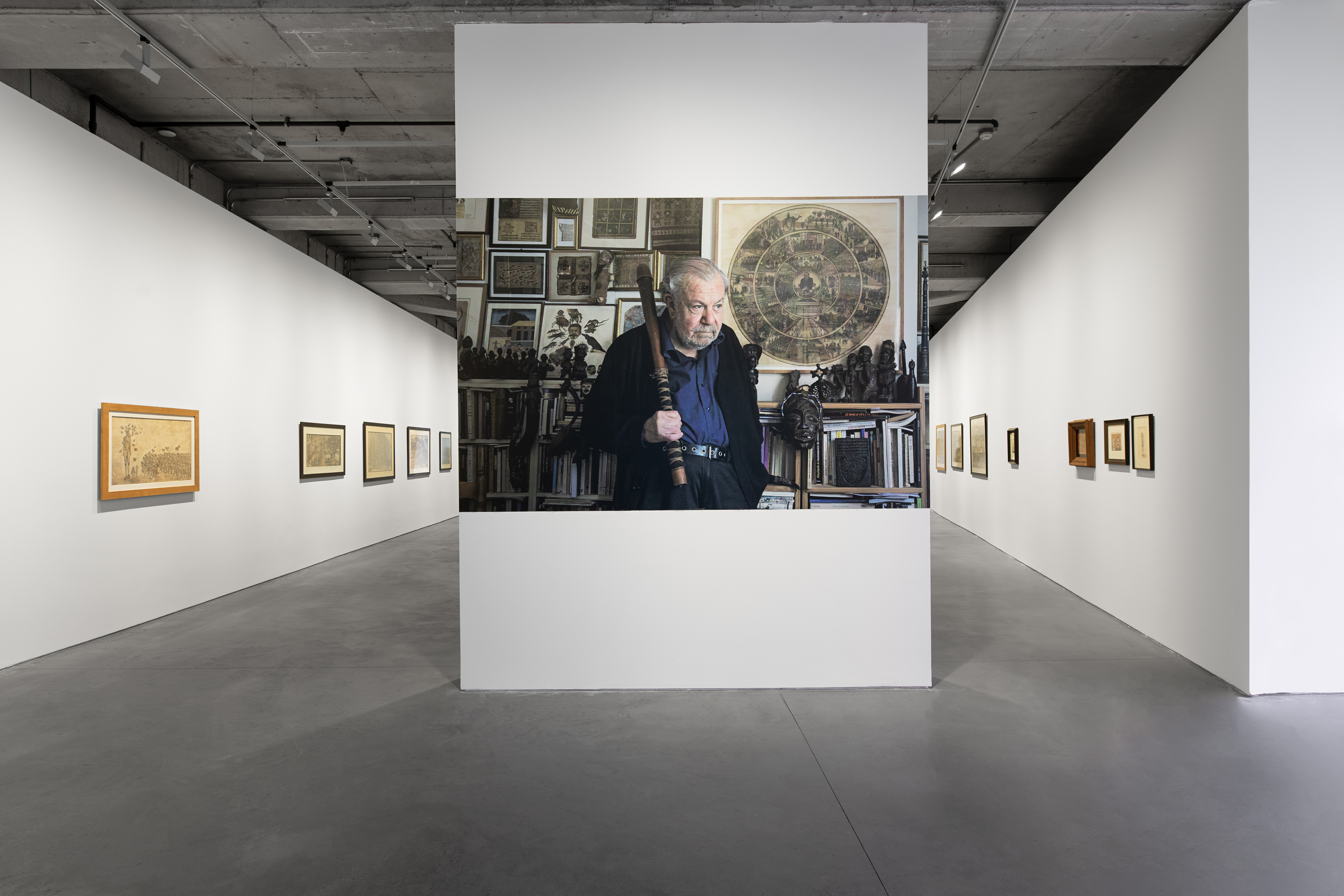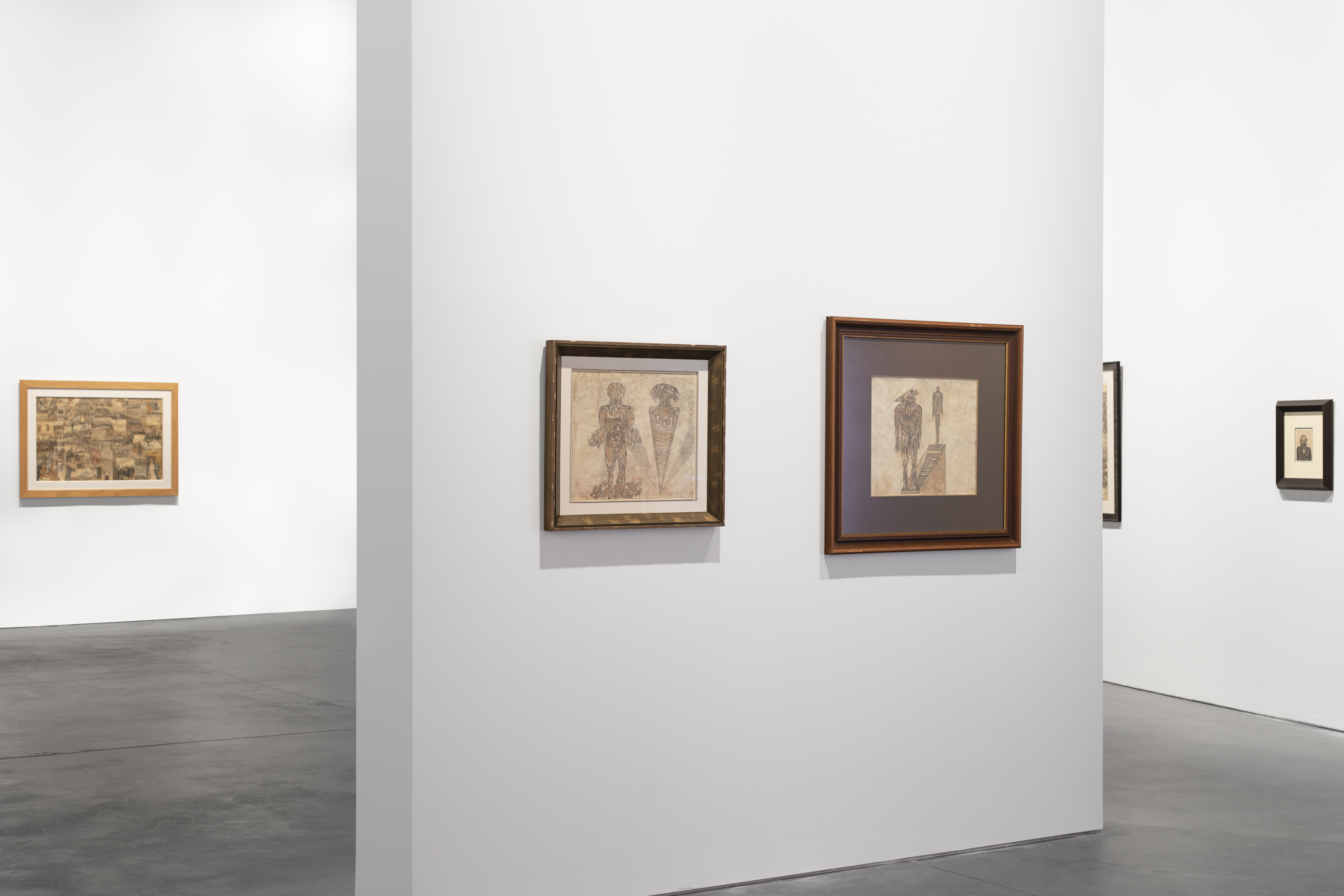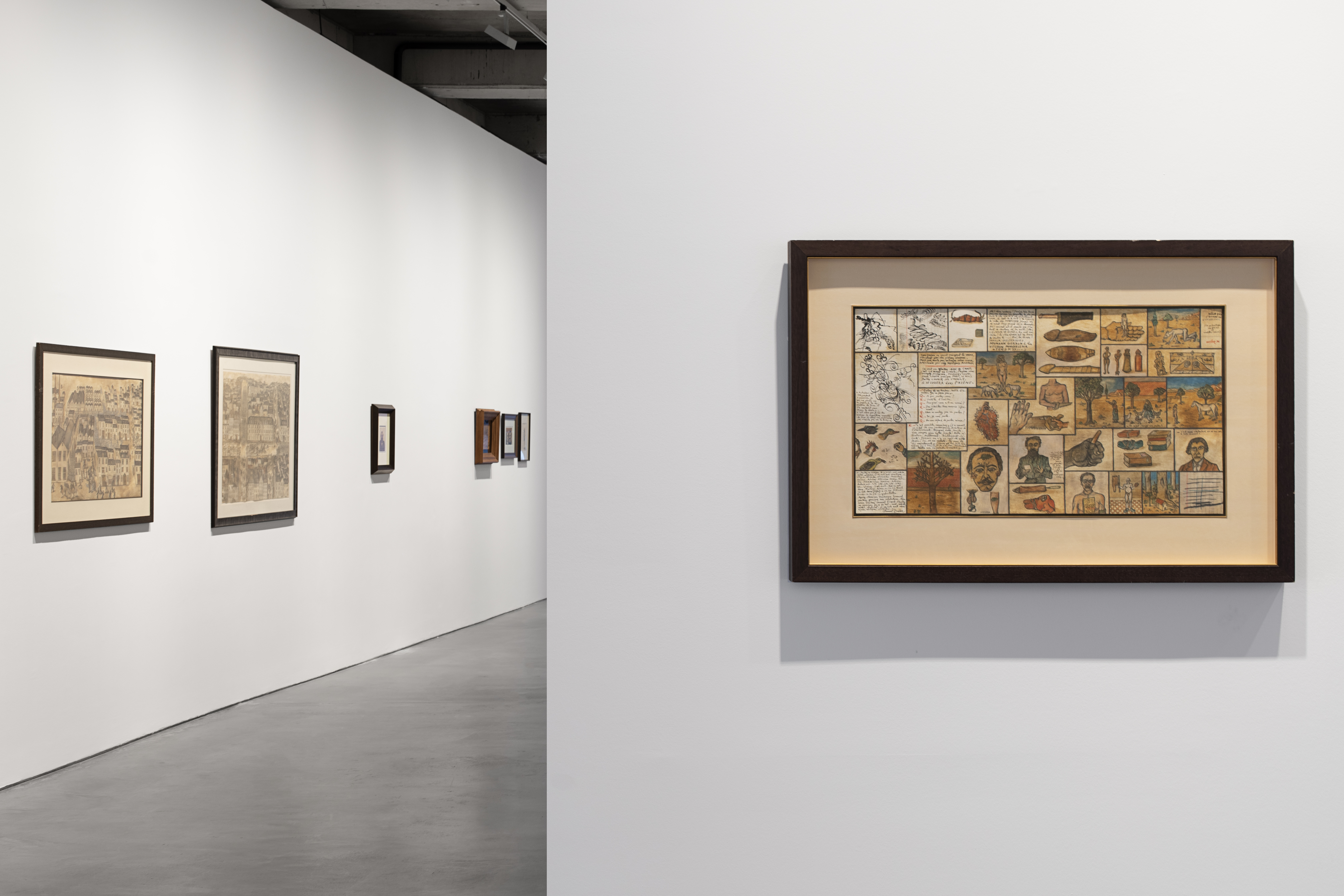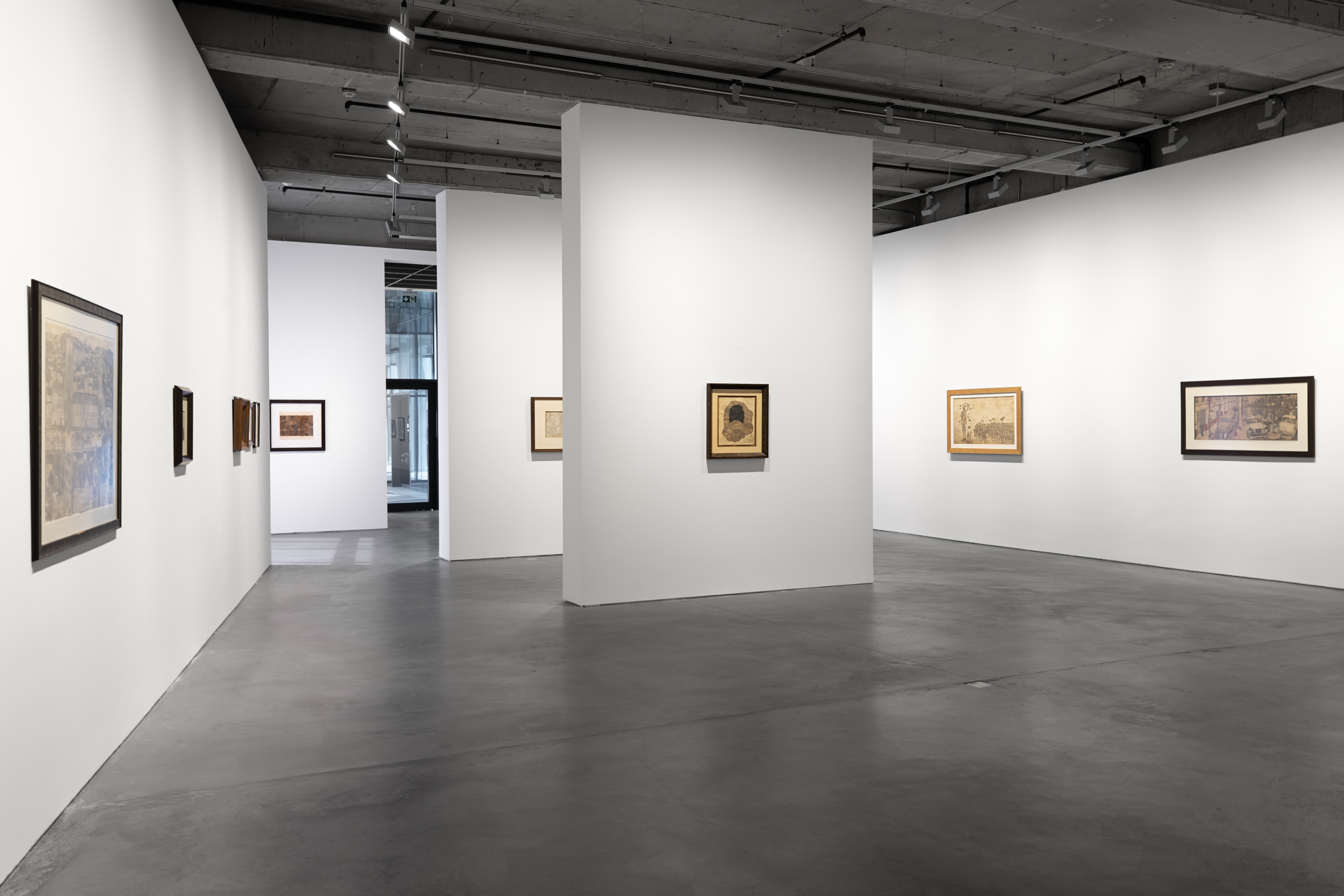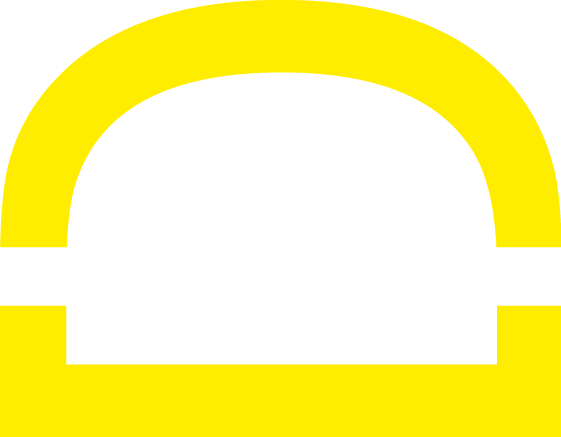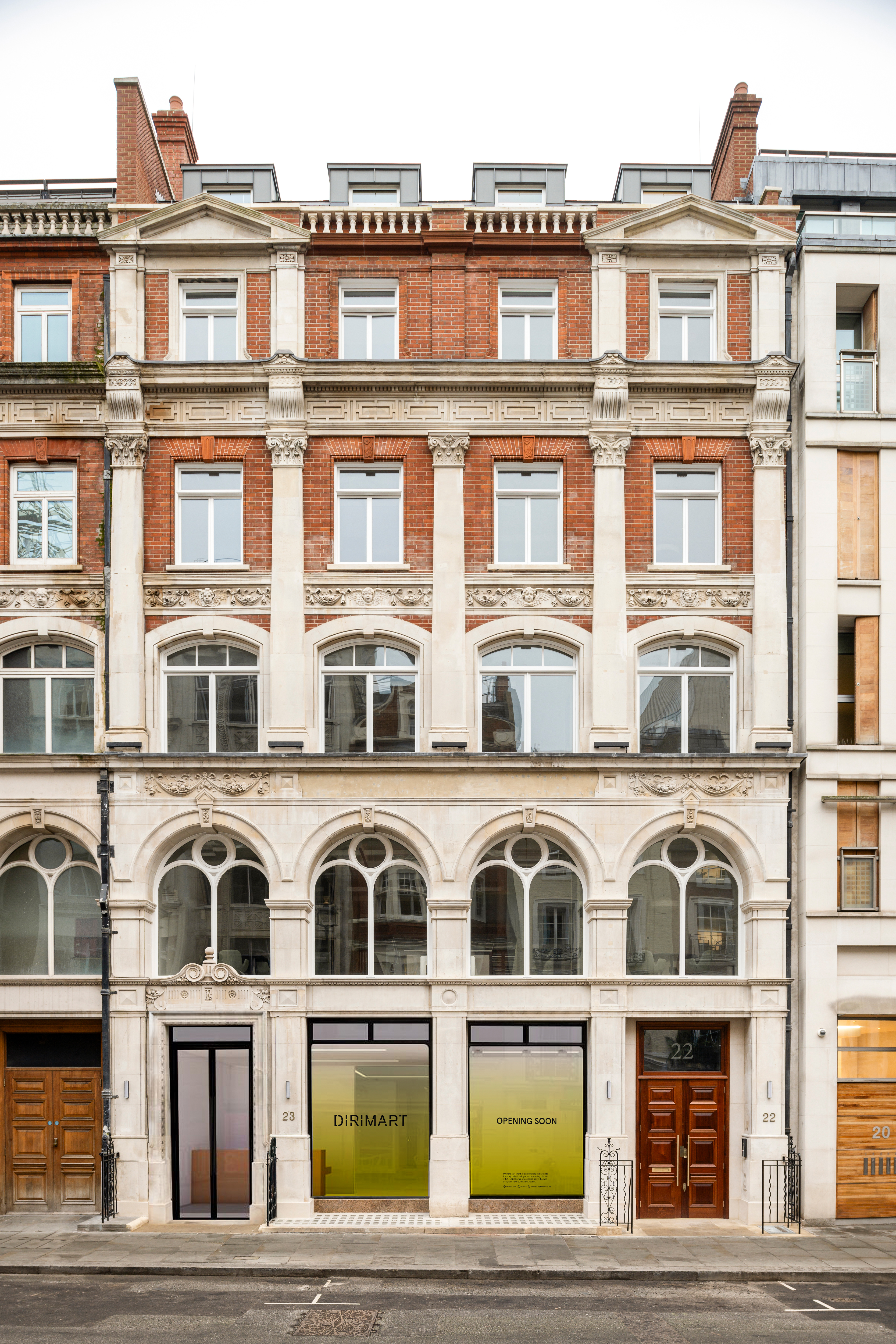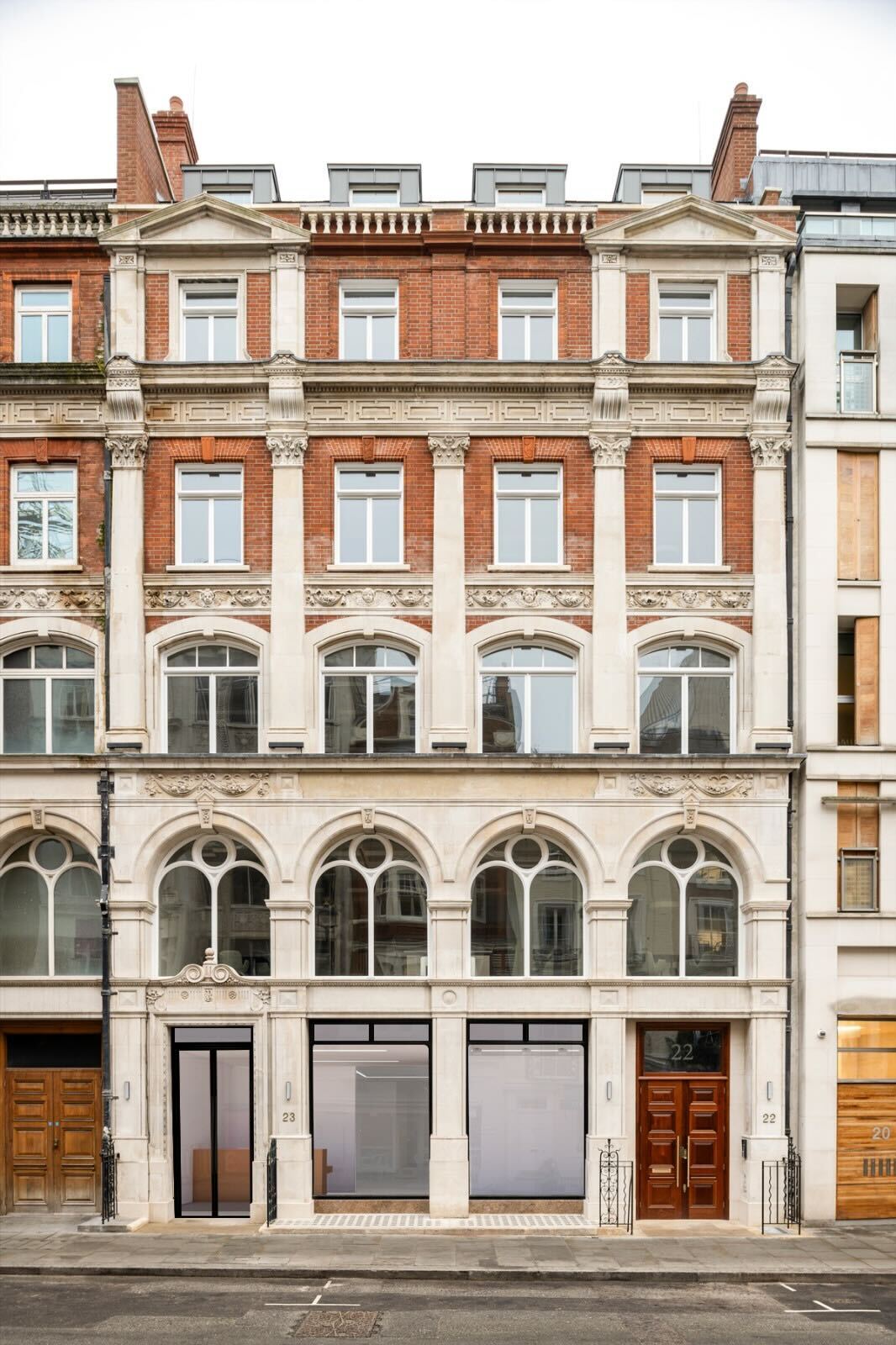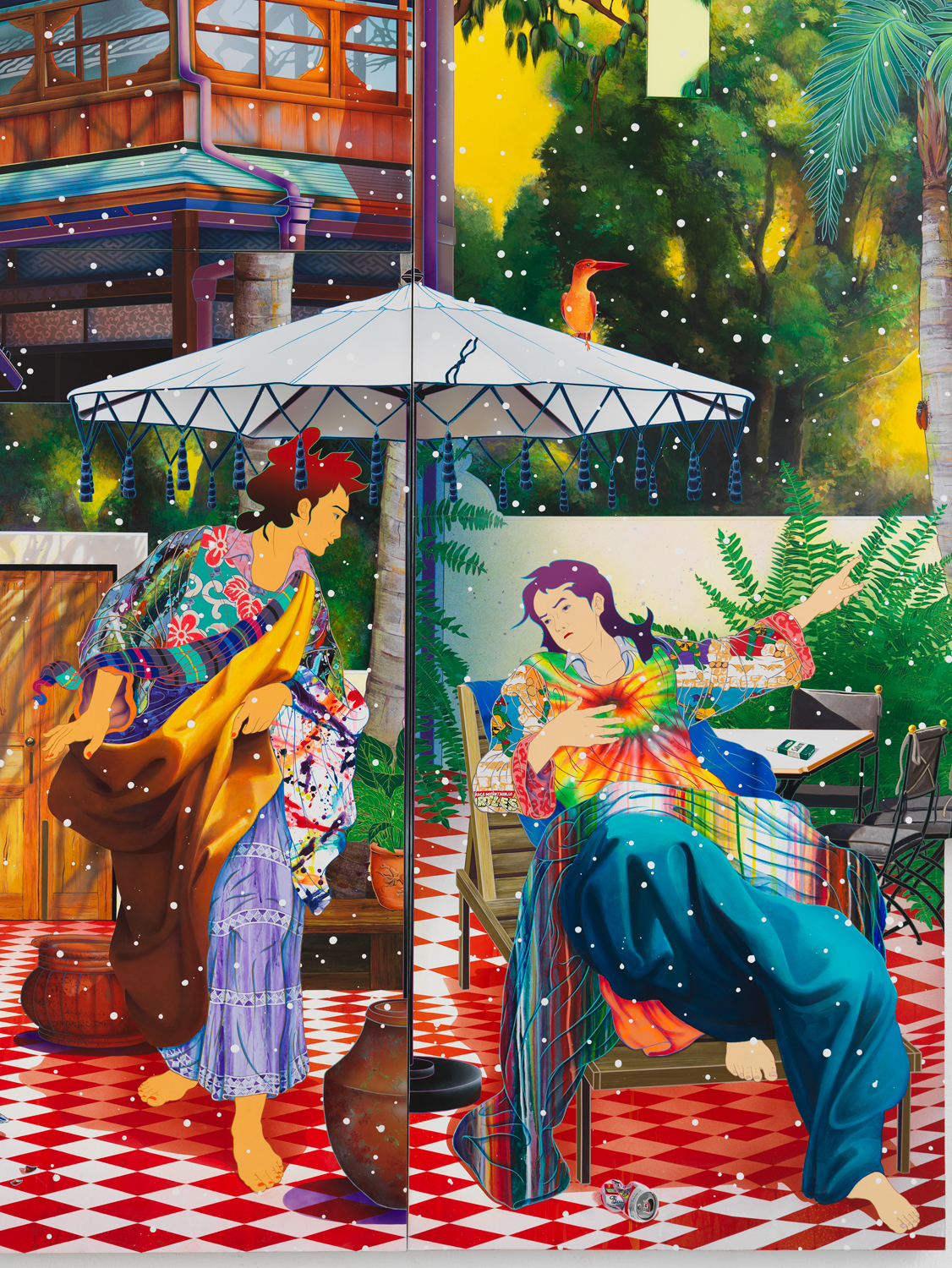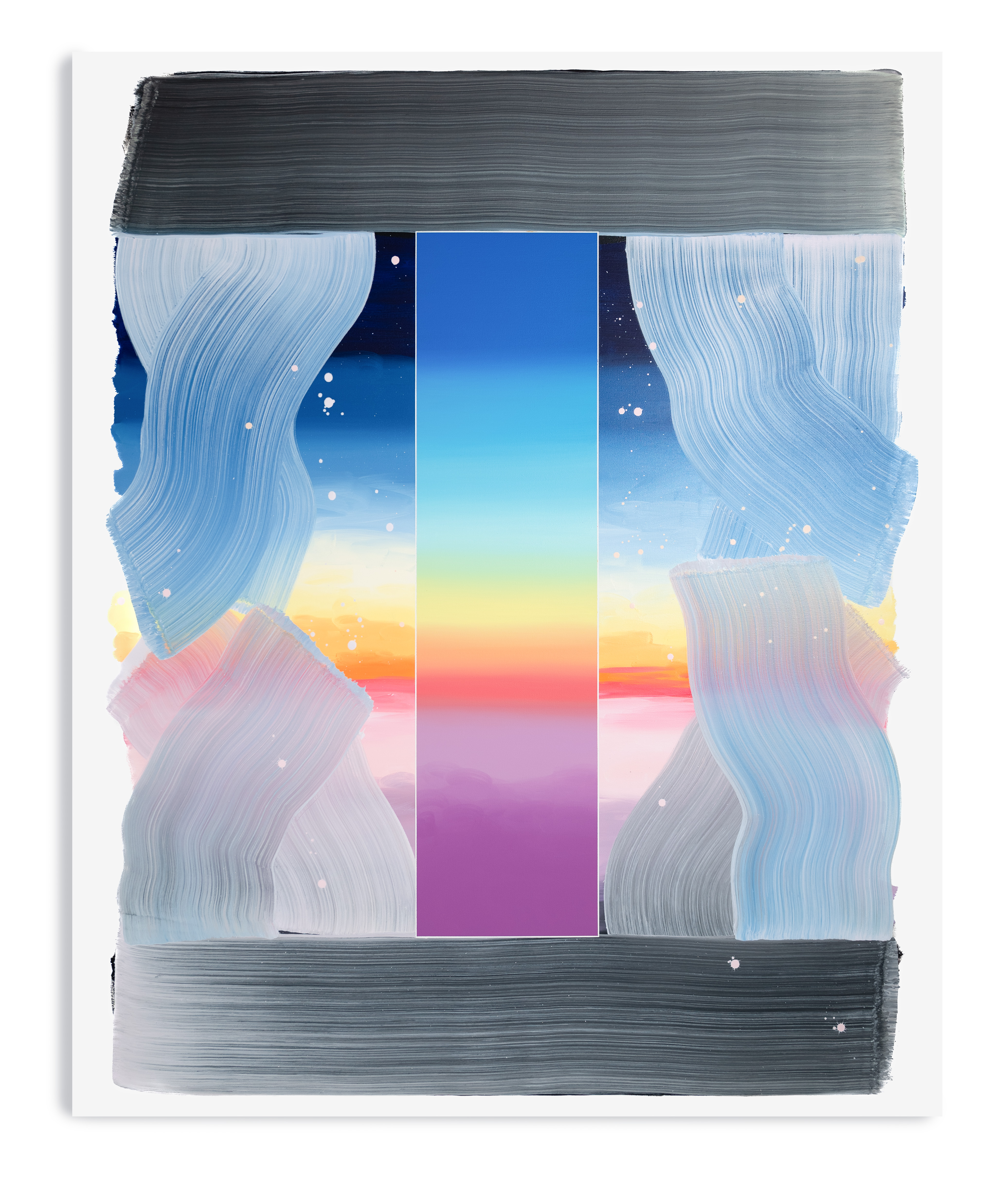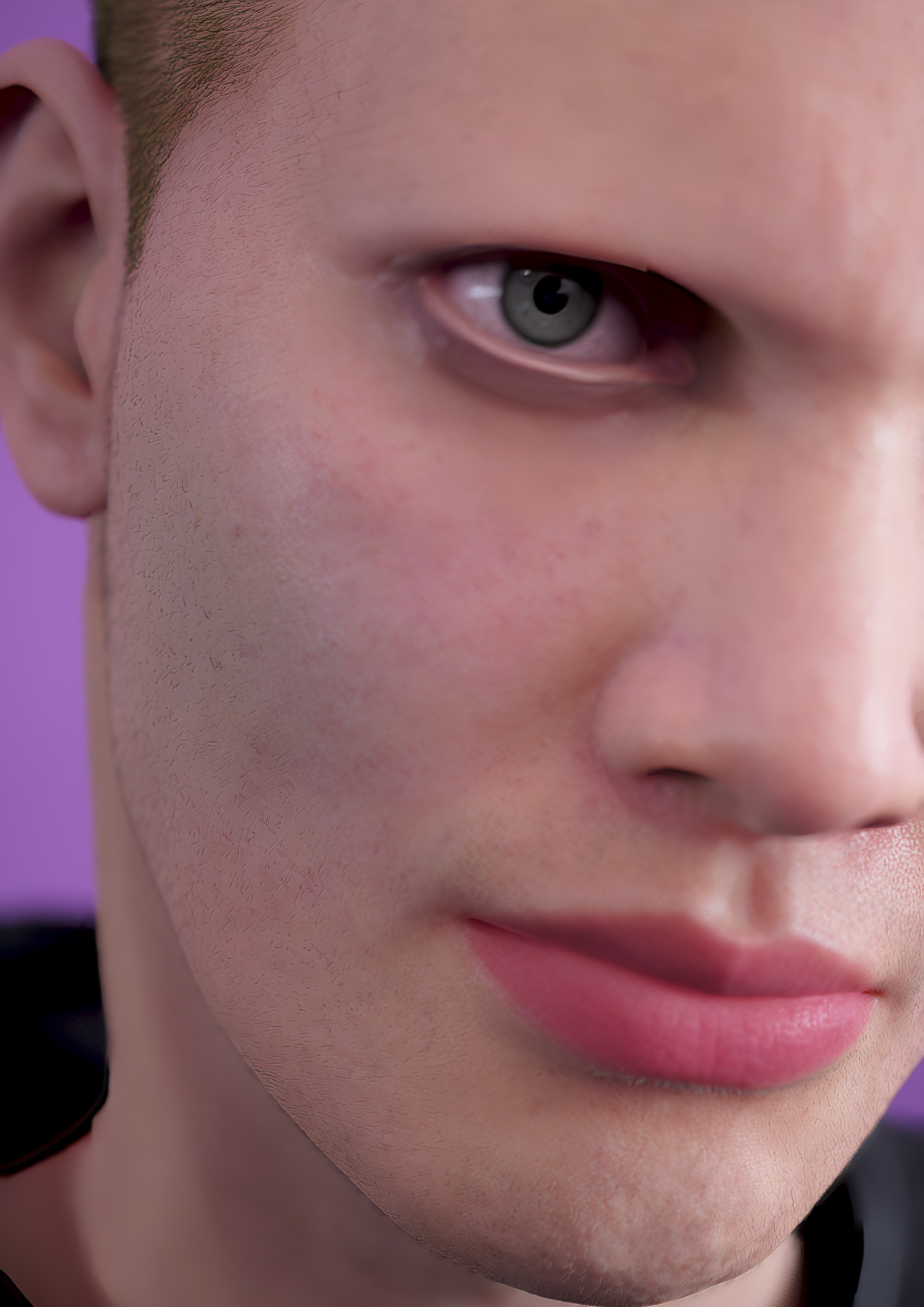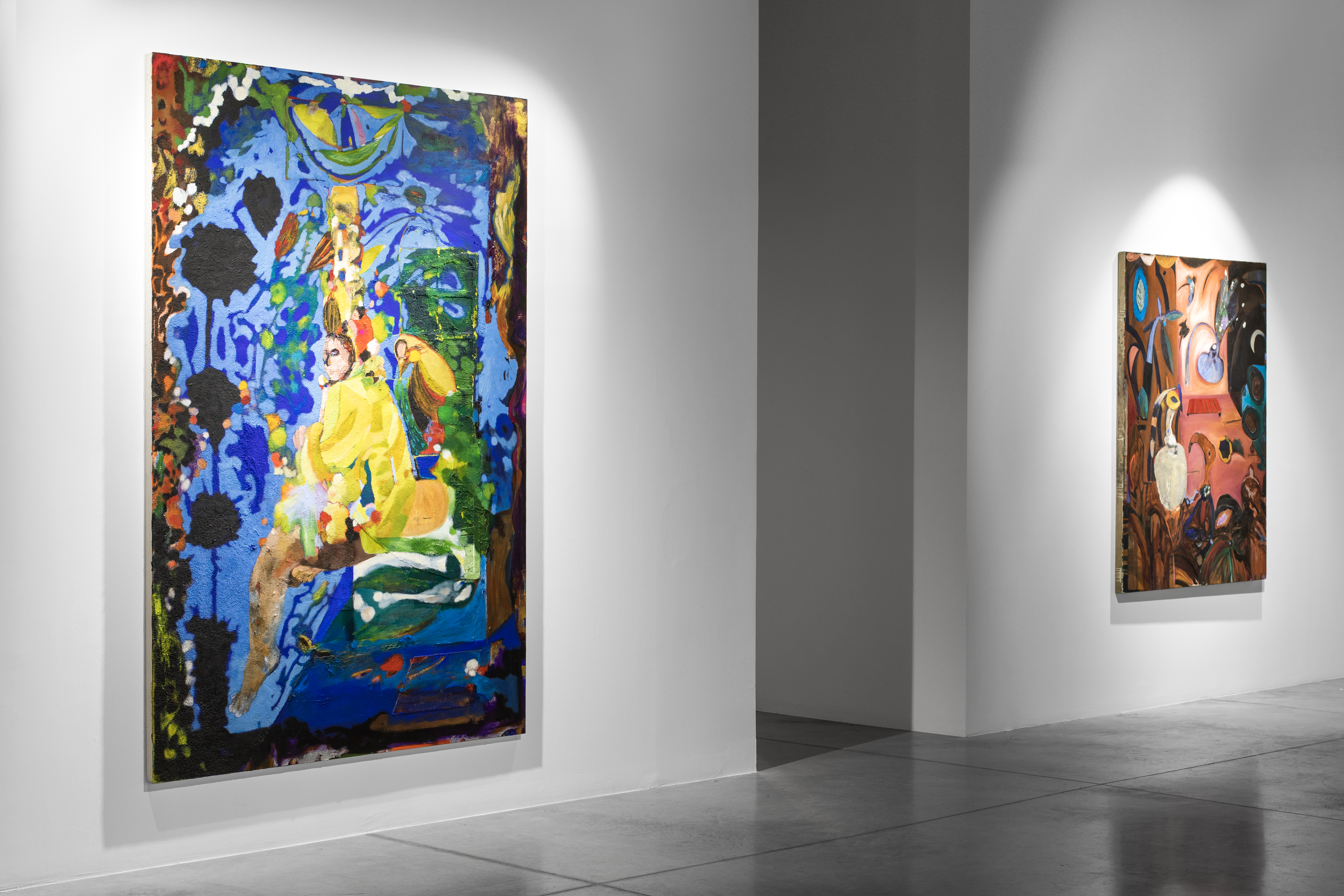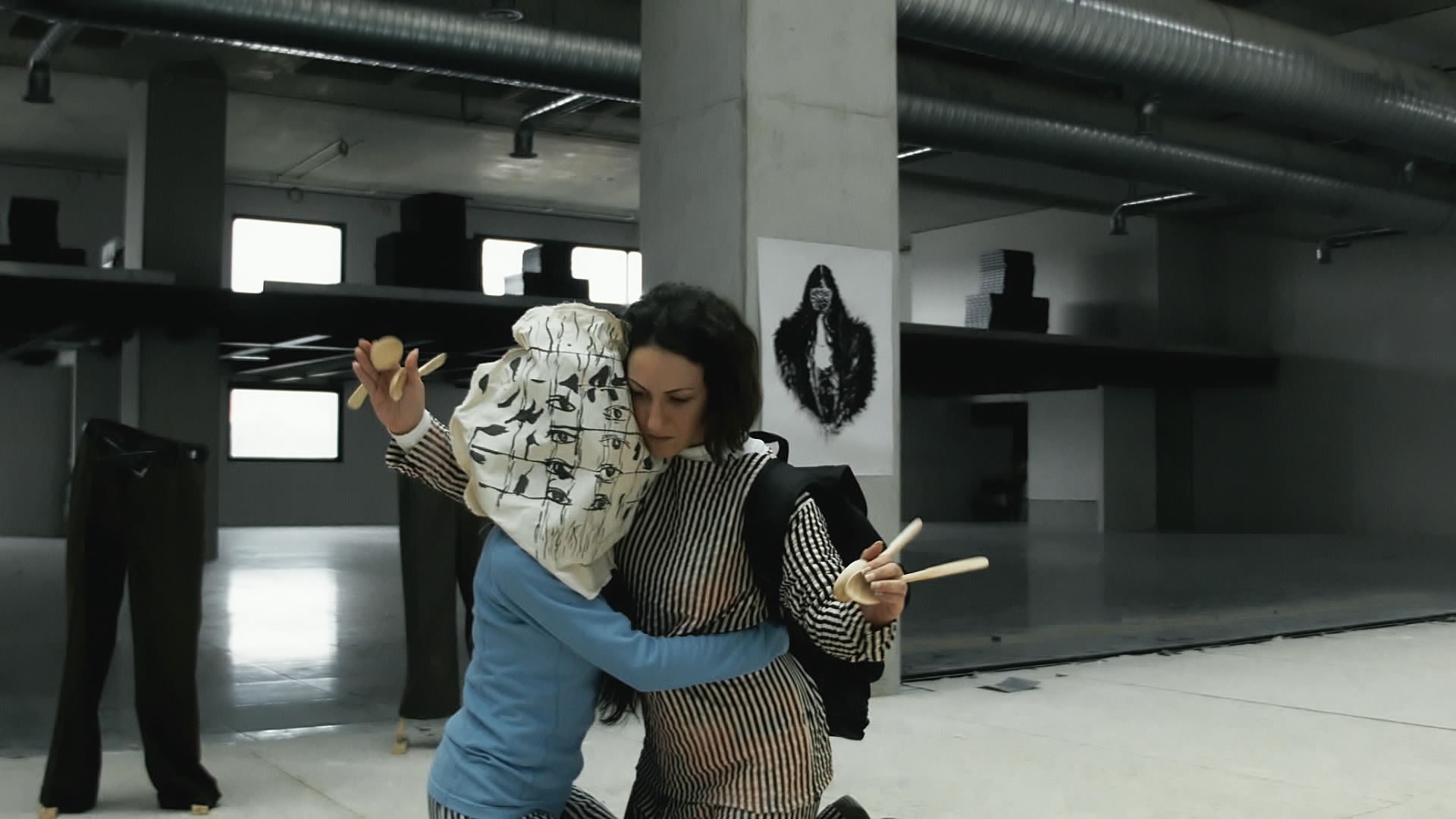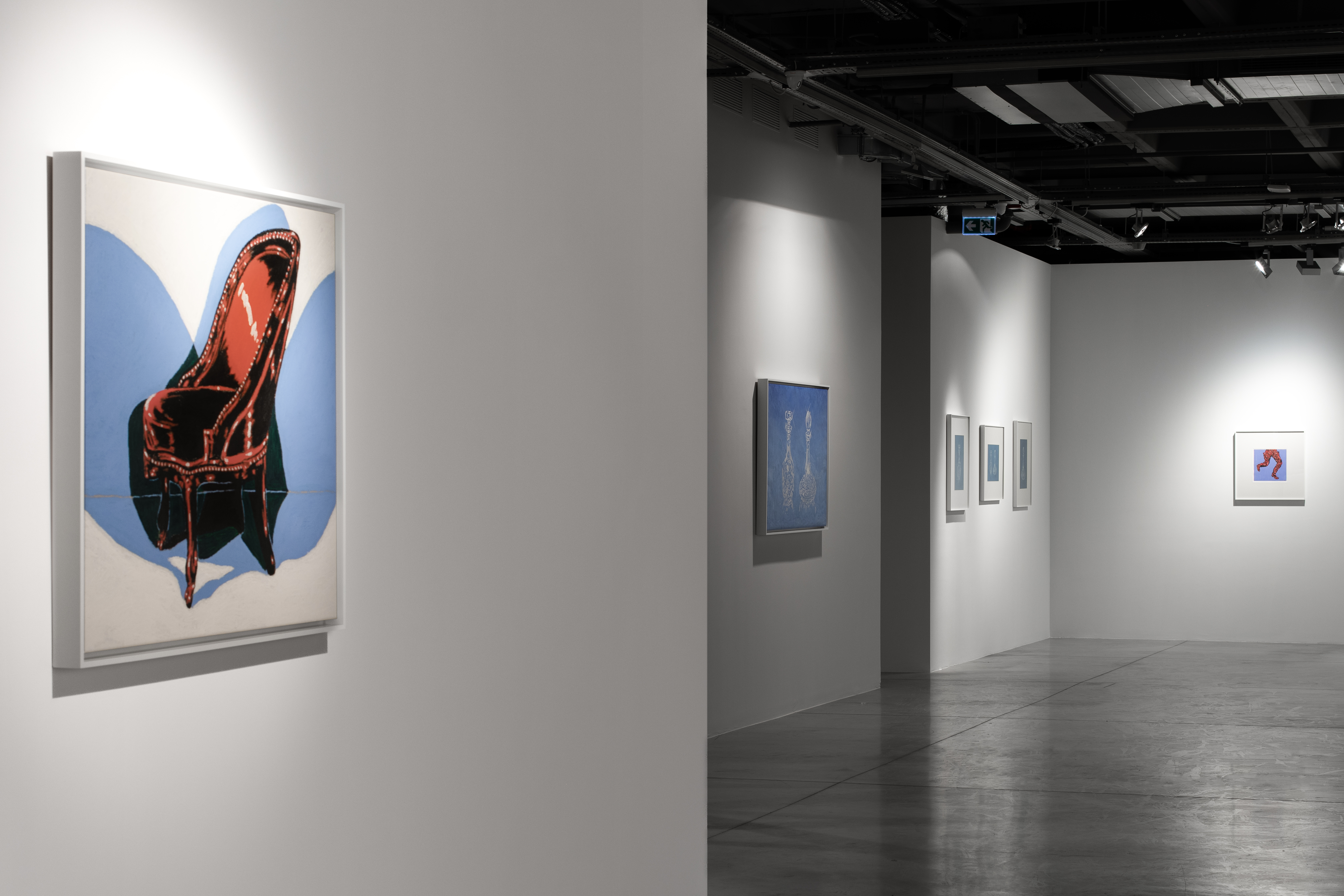Sui generis
March 9–April 2, 2023
Sui generis is a Latin phrase that means “of its/their own kind”, “in a class by itself”, therefore “unique”. Creative arts, for artistic works that go beyond conventional genre boundaries.
It is futile to attempt to register Yüksel Arslan’s works in art historical methodologies; not by its contents nor its materials and neither their intentions. He found ways around classical categories to arrive at those that now come to be extremely personal to his works. He used words and materials that translated his understanding of the world and the large body of work which he arranged according to and in parallel with his life go beyond conventional genre boundaries.
To understand those categories, one must understand Arslan’s approach to artmaking. A skilled and absolute reader, in his student years Arslan sought refuge in world classics. His earliest drawings depicting curious animals and insects were exhibited in 1954 and the sales generated income which he then spent on more books. This would be repeated many times over in his 60 year long career. He would return to drawing to satisfy his thirst for reading. His readings were then transformed into his subjects and to categorize his knowledge, he sought to define these works on paper and combining the word “art” and the French affix “-ure,” they were named “arture” in 1961. As an artist by the book in the most literal sense, he referredto a book of painting from Anatolia to generate dyes by ancient recipes that lasted over centuries on paper. Contrary to technologies that advanced paints such as oil, the recipes called for soap flakes, herbs, tobacco, tea leaf juices, soil, honey, egg white, fat, bone marrow, urine and blood. Those tried-and-true materials allowed for his understanding of the world to be engraved on paper.
Arslan’s earliest works, before they had been named artures, attracted the attention of the surrealist painter André Breton and he was invited to participate in the International Surrealism Exhibition curated around the theme of eroticism. Arslan responded the call from Paris and moved in 1961 to live and work there until he passed in 2017. The content of the first of seven major arture series were laid by the readings of the Capital by Karl Marx; images chockablock with fat, grasping capitalists and lumpen factory workers. After his Capital and Updating Capital series, he began Influences and New Influences series based on his readings of philosophers such as René Descartes, Friedrich Nietzsche, Voltaire, Jean-Jacques Rousseau and poets Walt Whitman, Charles Baudelaire, Samuel Beckett, and many others. Man series include pseudoscientific drawings of eyes, testicles, breasts and penises; various creatures copulating and hybrids of men and insects; dalliances with mysticism.
At the time of his death Arslan had created than 700 artures in his lifetime, and will be remembered for his encyclopedic range of subject matter—botany, ethnology, economics, urban architecture, politics, autobiography, history, fantasy—in a genre uniquely his own, “between painting and writing, between painting and poetry.”
The exhibition bring together works from those distinct series and the memory of this great artist is recalled into the gallery space. Whether discovering the Sui generis, stone-cold-original Yüksel Arslan for the first time or a moment for reuniting, his extraordinary vision will be on view until April 2.
Yüksel Arslan (1933, Istanbul–2017, Paris) studied Art History at Istanbul University, then started to paint. In 1961, he moved to Paris upon the invitation of art dealer Raymond Cordier, where he created the Homunculus-cucus-palus and the Planus-phallus-micrococcus series. In 1968, he settled in Paris for the second time; during this period, he focused on artures based on his readings on Marx, Engels, Nietzsche, and Freud. In 1975, he completed his Capital (1967) series. This was the first of his series to be compiled in a book; followed in the 1980’s by Influences, Auto-Artures, and Human. Apart from Paris, his works were exhibited in various French cities such as Sarcelles, Rennes, and Nice, as well as Kunsthalle Wien, Kunsthalle Zürich, Kunsthalle Düsseldorf, Drawing Center New York, and Venice Biennale, to name few. In 2009, Yüksel Arslan Retrospective was held in Santralistanbul Energy Museum. Human was published as three volumes in 1990, 1995, and 1999. He was working on Human, the series he designated as his legacy, in his studio in Paris in his final days.
